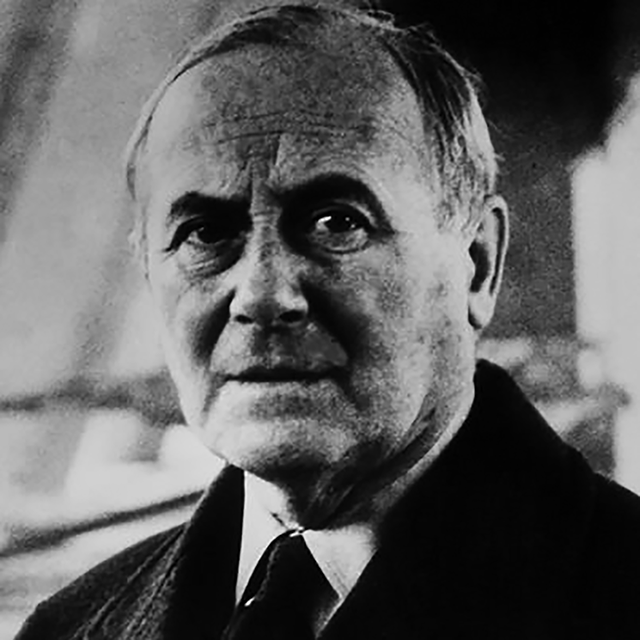

Joan Miro's first retrospective exhibition of his works took place at the Museum of Modern Art in New York in 1941. Although he made sculpture throughout his life, it was not until 1944 that Miró really commenced his work as a sculptor, producing his first ceramics in collaboration with Artigas and making his first bronzes, cast between 1944 and 1950. In all, Miró produced around 400 sculptures, mostly from the 1960s to his death in 1983. Miró believed that ‘sculpture must stand in the open air, in the middle of nature’. He wrote, ‘...wherever you are, you find the sun, a blade of grass, the spirals of the dragonfly. Courage consists of staying at home, close to nature, which could not care less about our disasters. Each grain of dust contains the soul of something marvellous'.
Oiseau, like the other work by Joan Miró in Jeddah, Project for a Monument, was cast at the Fonderia Bonvicini in Verona in 1981. when the artist was eighty seven. Oiseau is based on a 1968 sheet iron sculpture also called Oiseau, which once surmounted a column above the roof of the Fondation Maeght in SaintPaul de Vence in southern France.

The Catalan surrealist artist Joan Miró created a pictorial and sculptural world of intense imaginative power. The son of a goldsmith, Miró started to draw at the age of eight. He was one of the first members of the Grupo Courbet, founded by his friend Artigas in 1918. He settled in Paris in 1920, returning to Spain only for the summer. In Paris he participated in the Dada movement and renewed his acquaintance with Pablo Picasso, whom he had known in Barcelona.
In 1924, Miró met André Breton, Louis Aragon and Paul Éluard, who welcomed him into the surrealist group, whose manifesto he signed. The surrealists believed that ‘beauty will be convulsive, or it will not exist’, and Miró started to make strange objects from items found in flea markets. He stayed away from Spain during the civil war, but supported the Republican side unreservedly and in 1937 composed The Reaper for the pavilion of the Spanish Republic at the Exposition Universelle in Paris, which was shown next to Picasso’s Guernica.